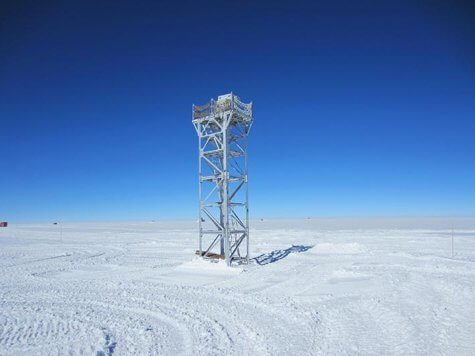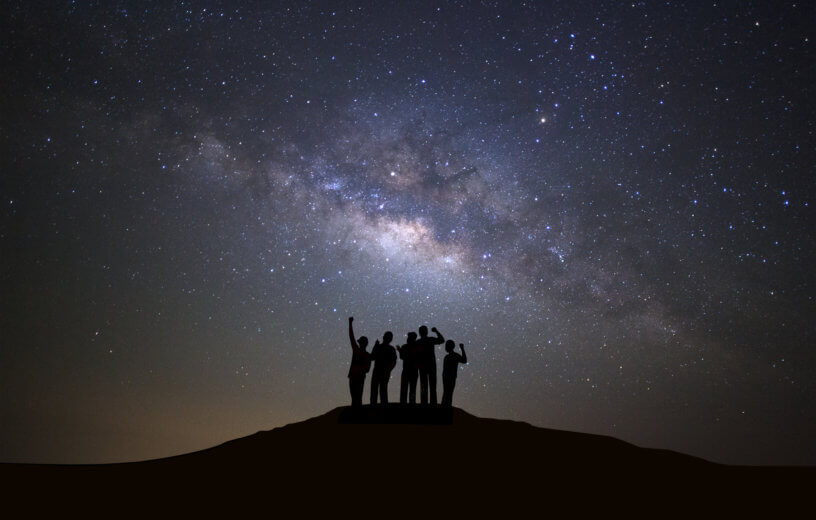
SYDNEY, Australia — When you look up at the night sky, which constellations can you make out? Can you spot the Big Dipper? Do you see Orion’s Belt? Counting stars is pretty difficult in areas with lots of light, like major cities. A study says even in the clearest skies, you’re still seeing turbulence in the atmosphere that makes stars twinkle. Want a truly perfect view of outer space? An international research team has found the spot, but you’ll need to bundle up. It’s in Antarctica!
Stars aren’t supposed to twinkle?
According to the University of New South Wales, turbulence causes light coming from stars to bend as it reaches the Earth’s surface. That instability in the air gives stars their trademark twinkling effect.
The location in Antarctica, however, has so little turbulence it hardly interferes with the light from stars, making the view extraordinarily clear. The Chinese-led research team built a system of telescopes on the top of a plateau, named Dome A, which sits 4,000 feet above sea level.
“After a decade of indirect evidence and theoretical reasoning, we finally have direct observational proof of the extraordinarily good conditions at Dome A,” says UNSW Professor Michael Ashley in a university statement.
“Dome A is the highest point in the central plateau region of Antarctica, and the atmosphere is extremely stable here, much more so than anywhere else on Earth,” he adds. “The result is that the twinkling of the stars is greatly reduced, and the star images are much sharper and brighter.”
What makes Dome A so special?
On most terrain, the mountains and valleys cause turbulent eddies to build up. This distorts the rays of light coming from the stars. Dome A is flat for hundreds of miles in every direction so not much turbulence is generated.

The team also constructed an eight-meter high platform for the telescope so it would be above the “boundary layer” of turbulence that usually stays close to the ice. This enables scientists to take super crisp images of the night sky. Prof. Ashley says this special place even has advantages over the famous Hubble Space Telescope.
“Satellites are a lot more expensive, we’re talking maybe factors of 10 to 100 times the cost,” the astronomer explains. “But another advantage of making Earth-based observations is you can always add the latest technology to your telescope on the ground. Whereas in space, everything is delayed. And you can’t easily use a lot of modern integrated circuits because they’re not radiation hardened. So you end up with space lagging the technology on the ground by 10 years or more.”
One of the biggest advantages Dome A’s location has is that winter nights in Antarctica are very long. In fact, scientists will be able to track stars continuously since some nights in midwinter last for almost 24 hours.
“Dome A is a superb site for astronomical observations, and we should make every effort to participate in an international project to put a large telescope there to take advantage of the conditions.”
The study is published in the journal Nature.
This report was first posted on August 4, 2020.

china…..dont you just know it…